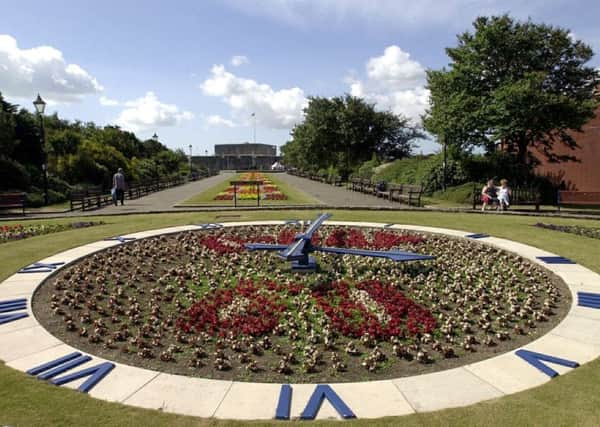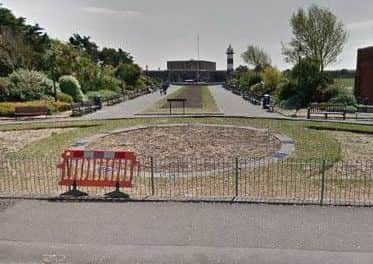Residents '˜baffled' after council moves historical Southsea landmark


A floral clock had sat opposite the D-Day Museum near Brian Kidd Way in Southsea for decades.
While the history surrounding the clock is cloaked in some mystery, it was first reported on by The Evening News in 1940.
Advertisement
Hide AdAdvertisement
Hide AdThe memorial originally displayed a message spelt out in flowers. It quoted Nelsons’s famous signal flown at Trafalgar, but with a difference. Honouring the bravery of those who gave their lives during the war, it read: ‘England Expects This Day That Every Man Will Do His Duty.’


In the years that followed the landmark fell into disrepair and was refurbished and presented again in 1946.
The clock mechanism was electric and presented to the city by clock company Smiths.
Inscribed around the clock were the words ‘Southsea For The Best of Times’.
Advertisement
Hide AdAdvertisement
Hide AdThe D-Day Museum is undergoing renovations ahead of its reopening on Friday and some residents were left baffled when they discovered that the clock, which sits across the road from the attraction, had been dug up.


Some wondered whether it was being moved to a different section of the D-Day site, while others feared it had been permanently removed.
Susan Parry, 68, said: ‘I’ve lived in Southsea my whole life. I have fond memories of growing up and walking past the clock. When I was little it was a regular meeting point for me and my friends. When I had my first child I would go for walks along the beach in the summer and when you see the clock’s flowers in full bloom it’s just beautiful.
‘If the council have removed it then I think it’s a disgrace. I know many Southsea residents enjoy the clock and honour what it represents. It’s a staple part of the town. Why should the council be allowed to just uproot it and take it elsewhere?’
Advertisement
Hide AdAdvertisement
Hide AdWhen contacted for a response, the council confirmed that it has removed the clock and is planning to move it to its new home, the City Museum.
Adrian Rozier, service manager for parks and open spaces at Portsmouth City Council, said: ‘Records show that the floral clock was actually in existence prior to the Second World War and was then replanted in 1946.
‘The mechanism of the clock stopped working many years ago and the numerals, which were originally plants, were replaced by a slab perimeter.
‘As part of the D-Day transformation, which was widely consulted on, a new open and welcoming space has been created at the front of the museum for commemorative events and family activities, alongside new planting.
‘The slab which surrounded the most recent floral clock is being relocated and replanted at the City Museum.’